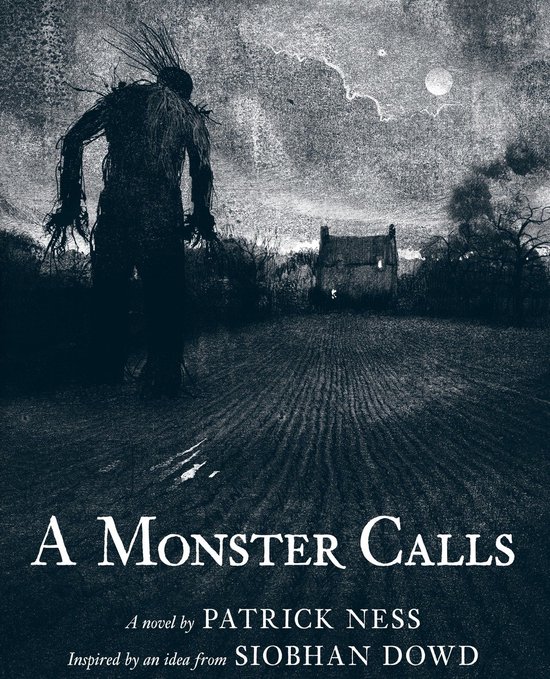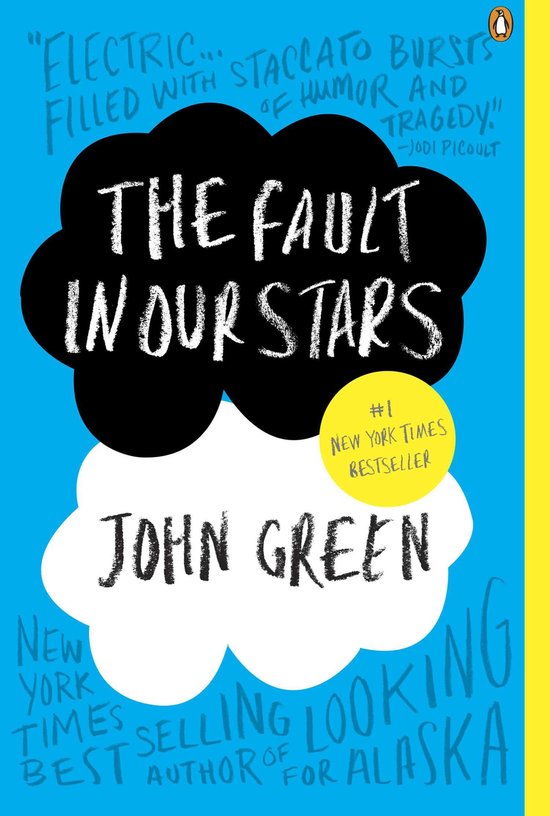Almost everyone knows that February is Black History Month, but did you know that it is also National Cancer Awareness Month? Many factors lead to the over 100 types of cancer experienced globally. An estimated 40% of U.S. citizens will have some form of cancer in their lifetime, and every year more than two million are diagnosed. Though technology has rapidly advanced over the last few decades, cancer remains one of the leading causes of death in America. Since the year 2000, every February has been recognized as National Cancer Awareness Month by the American Cancer Society, thus, today I have collected a few books to further bring awareness to the issue.
 First on the list is Azra Raza’s “The First Cell: and the Human Costs of Perusing Cancer to the Last.” In this book, Raza, an oncologist and researcher, critiques the current state of cancer treatment, arguing that the focus on late-stage interventions is both costly and ineffective. She advocates for a shift toward early detection, identifying and eliminating the “first cell” before cancer becomes unmanageable. Drawing from her professional experience and the personal loss of her husband to cancer, Raza humanizes the struggle against the disease while calling for a new, patient-centered approach to treatment and research.
First on the list is Azra Raza’s “The First Cell: and the Human Costs of Perusing Cancer to the Last.” In this book, Raza, an oncologist and researcher, critiques the current state of cancer treatment, arguing that the focus on late-stage interventions is both costly and ineffective. She advocates for a shift toward early detection, identifying and eliminating the “first cell” before cancer becomes unmanageable. Drawing from her professional experience and the personal loss of her husband to cancer, Raza humanizes the struggle against the disease while calling for a new, patient-centered approach to treatment and research.
 Next on the list is another non-fiction book, “The Politics of Cancer” by Samuel S. Epstein. In this groundbreaking book, Epstein explores the links between industrial pollution, environmental toxins, and cancer rates. He argues that government agencies and corporations have downplayed or ignored known carcinogens, prioritizing profits over public health. Epstein critiques the medical establishment’s focus on treatment rather than prevention and calls for stricter regulations and public awareness to address the root causes of cancer.
Next on the list is another non-fiction book, “The Politics of Cancer” by Samuel S. Epstein. In this groundbreaking book, Epstein explores the links between industrial pollution, environmental toxins, and cancer rates. He argues that government agencies and corporations have downplayed or ignored known carcinogens, prioritizing profits over public health. Epstein critiques the medical establishment’s focus on treatment rather than prevention and calls for stricter regulations and public awareness to address the root causes of cancer.
 Similarly, “Whitewash: The Story of a Weed Killer, Cancer, and the Corruption of Science” by Carey Gilliam, an investigative journalist, exposes the dangers of glyphosate, the active ingredient in certain herbicides. She details how corporate influence, manipulated scientific research, and regulatory failures have obscured the link between glyphosate and cancer. The book follows legal battles against Monsanto and highlights the broader issues of environmental health and corporate accountability in the agricultural industry.
Similarly, “Whitewash: The Story of a Weed Killer, Cancer, and the Corruption of Science” by Carey Gilliam, an investigative journalist, exposes the dangers of glyphosate, the active ingredient in certain herbicides. She details how corporate influence, manipulated scientific research, and regulatory failures have obscured the link between glyphosate and cancer. The book follows legal battles against Monsanto and highlights the broader issues of environmental health and corporate accountability in the agricultural industry.
Next, Historian Keith Wailoo examines how race has influenced cancer treatment, research, and public health policies in the U.S. in the book “How Cancer Crossed the Color Line.” Wailoo explores disparities in access to care, the framing of cancer as a “white woman’s disease” in certain advocacy efforts, and how African American communities have been both overlooked and exploited in cancer research. The book provides a critical analysis of race, medicine, and health inequality over the past century.
 For those looking for a more leisurely read, I suggest, “If Cats Disappeared from the World” by Genki Kawamura. This philosophical novel follows a terminally ill man who is visited by the Devil and offered an unusual deal: he can extend his life by one day for each thing he agrees to erase from the world. As he contemplates what truly matters phones, movies, clocks, and even cats, he reflects on love, loss, and human connection. The novel is a remarkable meditation on mortality and the small joys that give life meaning.
For those looking for a more leisurely read, I suggest, “If Cats Disappeared from the World” by Genki Kawamura. This philosophical novel follows a terminally ill man who is visited by the Devil and offered an unusual deal: he can extend his life by one day for each thing he agrees to erase from the world. As he contemplates what truly matters phones, movies, clocks, and even cats, he reflects on love, loss, and human connection. The novel is a remarkable meditation on mortality and the small joys that give life meaning.
 Another novel by Abby Frucht follows two intertwined stories of grief and survival. This novel, “Life Before Death,” first focuses on Maura, who is dying of cancer, and her husband Roger, who struggles with her impending loss. The second centers on two brothers, Daniel and Benjamin, navigating their own personal crises. Through lyrical prose and deep character exploration, Frucht examines mortality, relationships, and the ways people find meaning in life even in the face of death.
Another novel by Abby Frucht follows two intertwined stories of grief and survival. This novel, “Life Before Death,” first focuses on Maura, who is dying of cancer, and her husband Roger, who struggles with her impending loss. The second centers on two brothers, Daniel and Benjamin, navigating their own personal crises. Through lyrical prose and deep character exploration, Frucht examines mortality, relationships, and the ways people find meaning in life even in the face of death.
 A novel for the younger audiences I found is called, “A Monster Calls” by Patrick Ness and Jim Kay. Inspired by an idea from the late Siobhan Dowd, this novel tells the story of Conor, a boy whose mother is battling terminal cancer. One night, he is visited by a monstrous yew tree that tells him three stories, demanding in return that Conor tell the truth about his deepest fear. The book blends fantasy and reality, using the monster as a metaphor for grief, anger, and acceptance. With powerful illustrations by Jim Kay, this book is a deeply moving exploration of loss and healing.
A novel for the younger audiences I found is called, “A Monster Calls” by Patrick Ness and Jim Kay. Inspired by an idea from the late Siobhan Dowd, this novel tells the story of Conor, a boy whose mother is battling terminal cancer. One night, he is visited by a monstrous yew tree that tells him three stories, demanding in return that Conor tell the truth about his deepest fear. The book blends fantasy and reality, using the monster as a metaphor for grief, anger, and acceptance. With powerful illustrations by Jim Kay, this book is a deeply moving exploration of loss and healing.
 And finally, a book that I recently decided to pick up and had to mention John Greene’s famous, “The Fault in Our Stars.” This novel follows Hazel Grace Lancaster, a 16-year-old with terminal thyroid cancer, who meets Augustus Waters, a charismatic and witty fellow cancer patient. As they bond over literature and shared experiences, their relationship deepens, leading to a trip to Amsterdam to meet Hazel’s favorite author. The novel explores love, grief, and the meaning of life through a lens of humor and heartbreak.
And finally, a book that I recently decided to pick up and had to mention John Greene’s famous, “The Fault in Our Stars.” This novel follows Hazel Grace Lancaster, a 16-year-old with terminal thyroid cancer, who meets Augustus Waters, a charismatic and witty fellow cancer patient. As they bond over literature and shared experiences, their relationship deepens, leading to a trip to Amsterdam to meet Hazel’s favorite author. The novel explores love, grief, and the meaning of life through a lens of humor and heartbreak.
Cancer is terrifying to most, and yet there is still so much we don’t know about it, but like many things, literature is a great way to learn about and raise awareness about it. I hope that today you were able to find a book that may interest you and allow for further knowledge to be spread about this dire topic.

You must be logged in to post a comment.